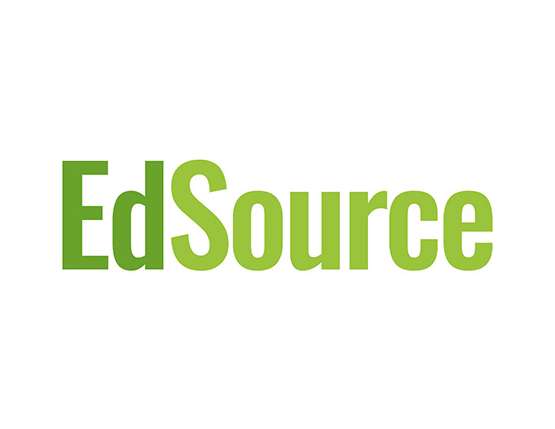In the Media
California must go all in for financial aid
February 25, 2021
By Tyler Wu, Peter Granville & Denise Castro

Access to financial aid is critical for students who want to go to college. Fortunately, California offers one of the nation’s most generous financial aid programs, providing over $2 billion in state financial aid. The state also offers a pathway for undocumented students to receive aid through the California Dream Act Application.
Tyler Wu
Unfortunately, in 2018-19 approximately $550 million in federal and state aid for California’s students was left on the table due to unsubmitted financial aid applications. Last year, only 54% of California’s graduating senior class completed a financial aid application.
High schools that serve a majority of Black and Latinx students have even lower Free Application for Federal Student Aid (FAFSA) completion rates. Research shows that the students who are most likely to benefit from financial aid are the least likely to complete the forms on their own.
In light of the pandemic, taking action is more important than ever. California’s Free Application for Federal Student Aid completions are down by roughly 11% and California Dream Act Applications completions are down 45% for first-time applicants. New information also indicates larger pandemic-related declines in California’s FAFSA completion in communities that are lower-income or have more Black and Hispanic individuals.
Denise Castro
We can do better. Examples from Louisiana and the Val Verde Unified School District in Moreno Valley show that a policy to ensure students either apply for aid or complete an opt-out waiver, combined with active support from the school community, results in significant improvements in the completion of financial aid applications among students who most need assistance.
These successes are based on coordinated, high-touch implementation: for example, Louisiana state officials visit hundreds of high schools every year to speak directly to students about the FAFSA, and each spring Val Verde’s administrators personally call the families of seniors who have yet to submit their application.
To encourage school communities to more actively support students in completing their financial aid applications, Gov. Gavin Newsom has proposed a strategy in the budget for the upcoming year. This proposal would require local education agencies (school districts, county offices of education, or charter schools) to confirm that all their high school seniors have either submitted a financial aid application or opted out of doing so.
Peter Granville
Students and parents can opt-out of completing a form by submitting a written request to their district and schools and districts can waive the application for students who do not plan to pursue higher education.
We appreciate the governor’s leadership on this issue and for proposing a funding source to reimburse schools and districts for the costs associated with specific activities if the Commission on State Mandates determines it to be a mandate.
Financial Aid Applications Lag Among California High School Seniors
To ensure equitable implementation of this policy, California must also address barriers that stand between low-income students and a completed application. Lower-income students are less likely to have access to the internet and computers needed to submit their application, and they are more likely to be asked by the Department of Education to verify the information they have submitted on the FAFSA through additional documentation.
Meanwhile, the need for assistance with these forms often exceeds what high school counselors alone can provide. It truly takes a village to overcome these barriers, and the entire California education community has a role to play in order to support implementation of this policy if enacted.
Most importantly, the Legislature must allocate the necessary resources to schools serving underserved groups to close equity gaps in the completion of financial aid applications:
- Lawmakers must address inequities in access to technology and broadband internet for the submission of online applications.
- The California Student Aid Commission needs sufficient resources to support increased demand for information and assistance with financial aid applications.
- High schools must make sure students apply on time for the Cal Grant and complete verification. Colleges should partner with local high schools to ensure seniors understand fully the process to apply for financial aid.
- Community-based and college access organizations can supplement available resources at high schools with few counselors per student.
- And, at all levels, education professionals should be trained to support undocumented students and their families through the CADAA with sensitivity and a commitment to family privacy.
The governor’s proposal is a crucial investment in preparing our students to understand the cost of pursuing a higher education. However, this is just the first step. It will take the whole education community to make sure our students can navigate complex aid applications and afford a college education.
It will take all of us to recover students’ college opportunities from the impacts of the Covid-19 crisis and help students access federal and state financial aid. It will take all of us to ensure no student is denied the opportunity to go to college because they were never made aware of their financial aid options.
•••
Tyler Wu is the Director of California Policy for uAspire, a nonprofit that advocates for college affordability. Peter Granville is a Senior Policy Associate for The Century Foundation, a think tank that conducts research, develops solutions and drives policy change to make people’s lives better. Denise Castro is a Policy Analyst for The Education Trust—West, a nonprofit organization that advocates for educational justice and the high academic achievement of all California students.